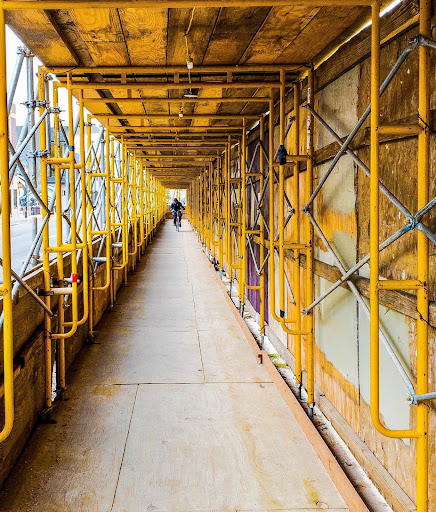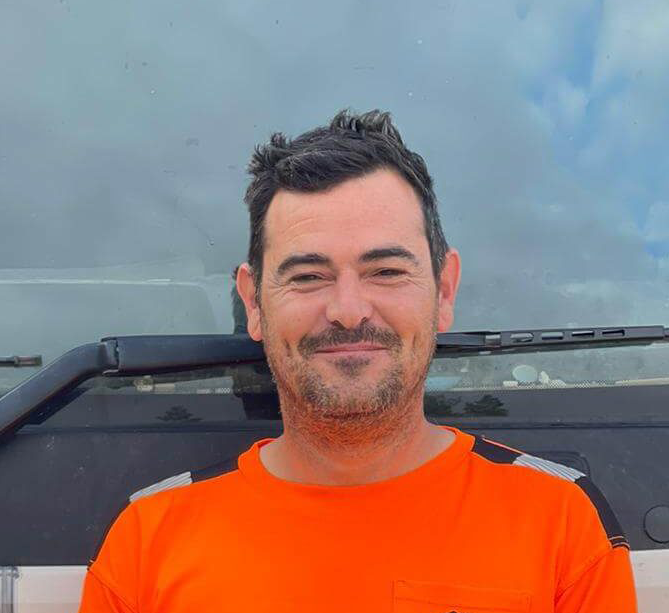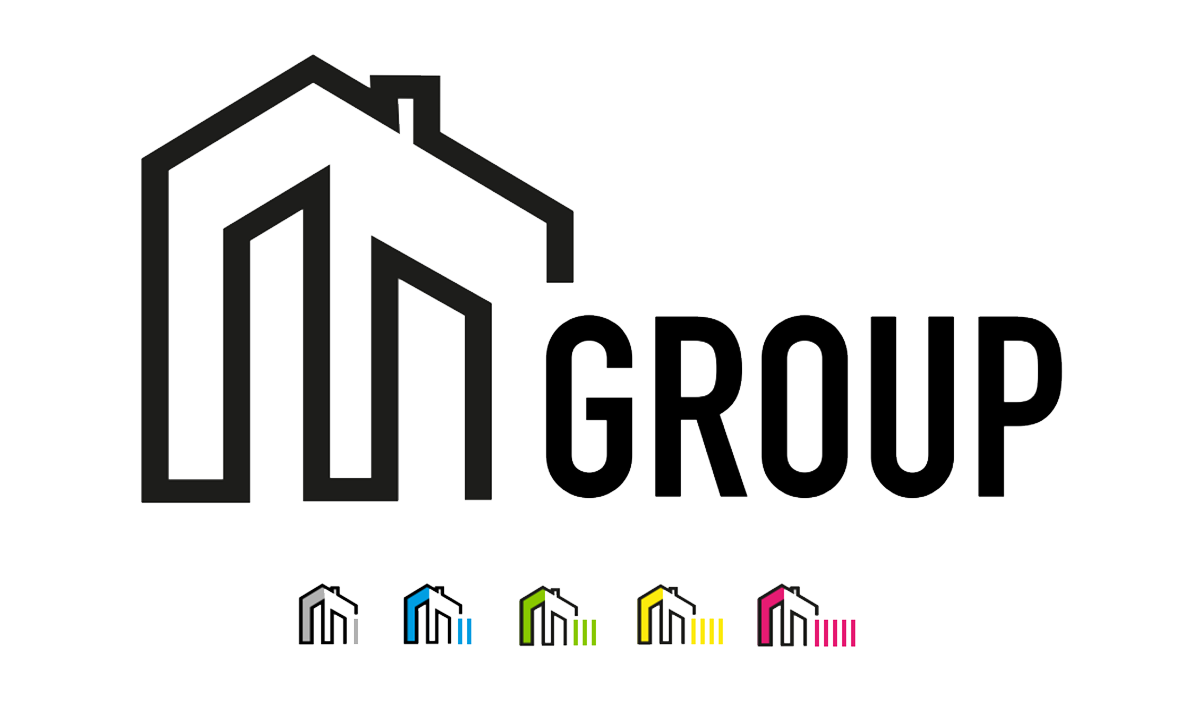What Do Scaffolders Do? The Complete List
Scaffolders plan, build, and erect scaffolding and other platforms for construction projects. They also build seating for public events.
When they set out to do this, they assess the area and make the necessary calculations so that they know what kind of scaffolding they need to install. Then they unload it, construct it, and add whatever else is needed.
They are responsible for making sure that the scaffolding equipment is safe and maintained correctly, and they take the scaffolding down when the job is finished.
This guide answers the question, “What Do Scaffolders Do?”

Tasks That Scaffolders Do on a Daily Basis
Scaffolders work in construction by erecting and dismantling temporary structures that allow workers to access higher places on projects. Most people start by training on the job, and they can get an apprenticeship to do so.
Scaffolders do need to obtain a Construction Industry Scaffolders Record Scheme (CISRS) safety card or its equivalent if they want to train or work on site.
Most of their work occurs outside on a construction or building site, but they can also erect smaller scaffolds indoors. Take a look at their daily tasks.
1. They Unload the Equipment
The first thing that scaffolders do at a site is unload the equipment. They need to have the correct parts, including scaffolding and poles.
Metal scaffolding has three basic parts, which are standards, ledgers, and transforms. The standard is the pole that is placed vertically along the length of the structure.
The standard is what holds the structure up, and they use base plates to spread the weight onto the ground. The ledgers are poles that are horizontal, and they connect the standards.
The ledgers make sure that the scaffolding is safe, secure, and able to stay where it belongs.
The transforms are also horizontal poles, and they are perpendicular to the ledgers. They make the scaffolding stronger and provide a location for the wood platforms where workers will stand.
2. They Set up Scaffold Poles
Once they have unloaded the equipment, they begin building the structure. They start with the base plates, and then they add the standards.
Then, they connect the standards to the ledgers and transforms with a coupler. They might also use joint pins to join some of the poles together.
3. They Fix Scaffolding to the Structure
Another task is to securely fix the scaffolding to the structure. This is critical for safety, as it provides the stability needed by the scaffolding.
They normally use short tie tubes to keep the vertical poles standing up, and this allows the scaffolding to bear the weight of it without buckling.
They might also add castors that allow workers to move the scaffolding around the site. If so, the castors must have strong brakes to hold it in place while it is being used.
4. They Add Other Safety Measures
Another task is to securely fix the scaffolding to the structure. This is critical for safety, as it provides the stability needed by the scaffolding.
They normally use short tie tubes to keep the vertical poles standing up, and this allows the scaffolding to bear the weight of it without buckling.
They might also add castors that allow workers to move the scaffolding around the site. If so, the castors must have strong brakes to hold it in place while it is being used.
5. They Lay Planks
After they finish building the frame, they will add the planks. Usually these planks are made of wood, and they are what the construction workers will walk around on.
These scaffolding boards are banded for safety, and they will stay there for the duration of the project.
6. They Advise Project Managers as to the Appropriate Type of Scaffolding
While scaffolders spend much of their time building the scaffolding, they also come out and advise companies on what the appropriate type of scaffolding is for the project.
They have experience and know how to assess a situation. They know when it is important to fix the scaffolding to the building and when it is appropriate to mount the scaffolding on castors.
They also know how to design the best layout for the type of job it is. They often work with builders and design teams to create the best scaffolding setup for the project.
7. They Inspect the Site
Scaffolders also come out to the site to inspect the scaffolding and make any repairs necessary during the project. If something needs to be repaired, they can do that as well.
They are in charge of the scaffolding for the duration, and this is an important part of their job.
Where Do Scaffolders Work?
Scaffolders work at all kinds of sites, and it can vary a great deal. They might work on a construction site where there is a new build, or they could work in a private residence where a roof is being repaired.
Sometimes they set up scaffolding indoors for a paint job in a location with high ceilings. They are an important part of any construction project for the duration of the project.
Many scaffolding companies encourage a sense of team spirit and camaraderie because scaffolders need to work together to ensure each other’s safety. The job can be physically demanding, and team members often form bonds.
Scaffolders have excellent work ethic and skills to contribute to a project, and they operate well as teams that learn from one another.
Final Words
Scaffolders primarily erect scaffolding for construction projects, but they have a lot of duties related to this task. They usually start by consulting with the construction team and the designers to plan the best scaffolding solution for the job.
Then they come out to the site and erect the scaffolding. They need to unload the equipment and construct it safely and efficiently.
They will inspect the scaffolding and make sure that it remains safe for the duration of the project, and they will make any changes or repairs as they are needed.
When the project is over, they take the scaffolding down and load it up to return to the warehouse.




